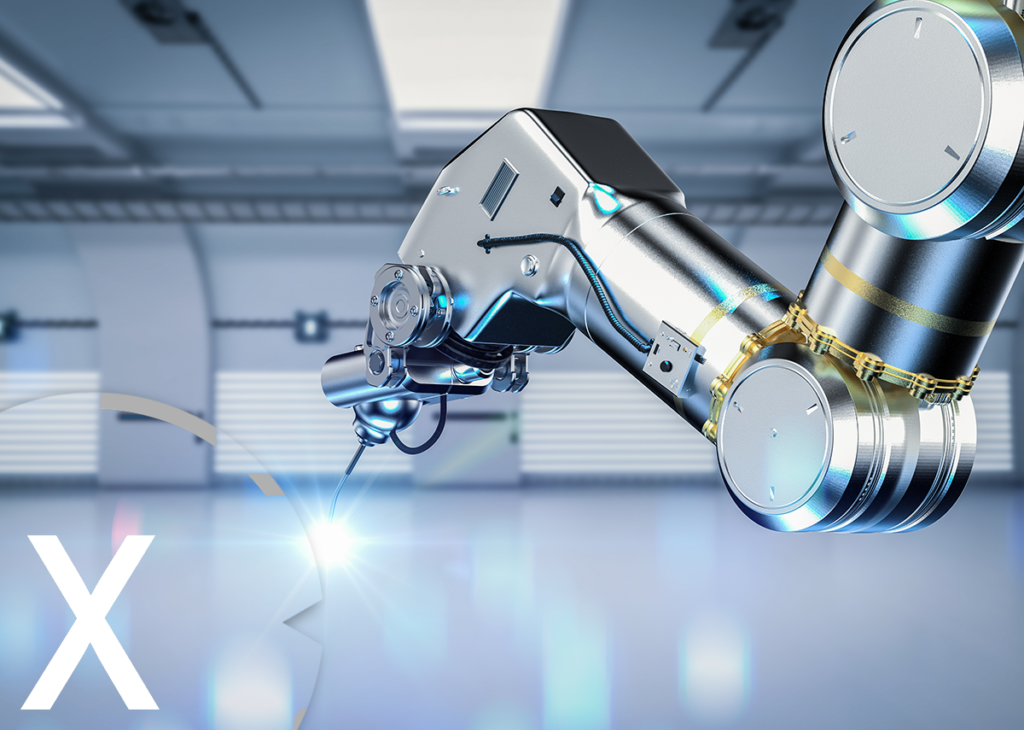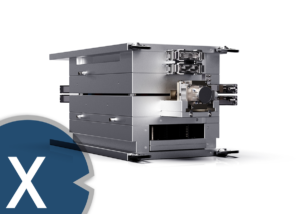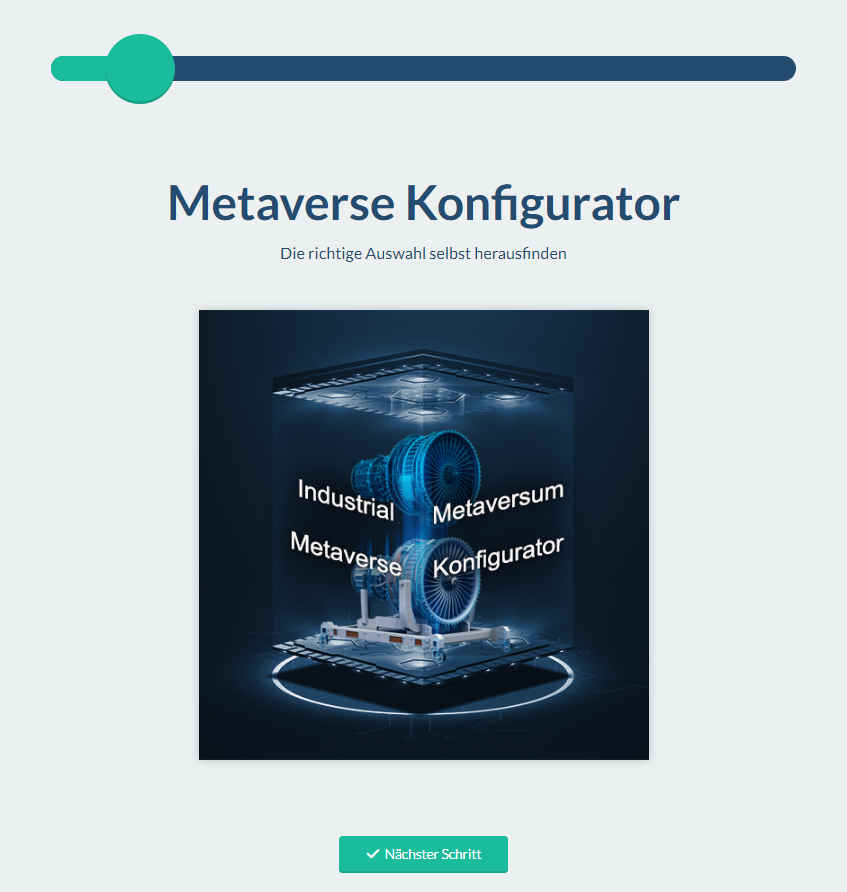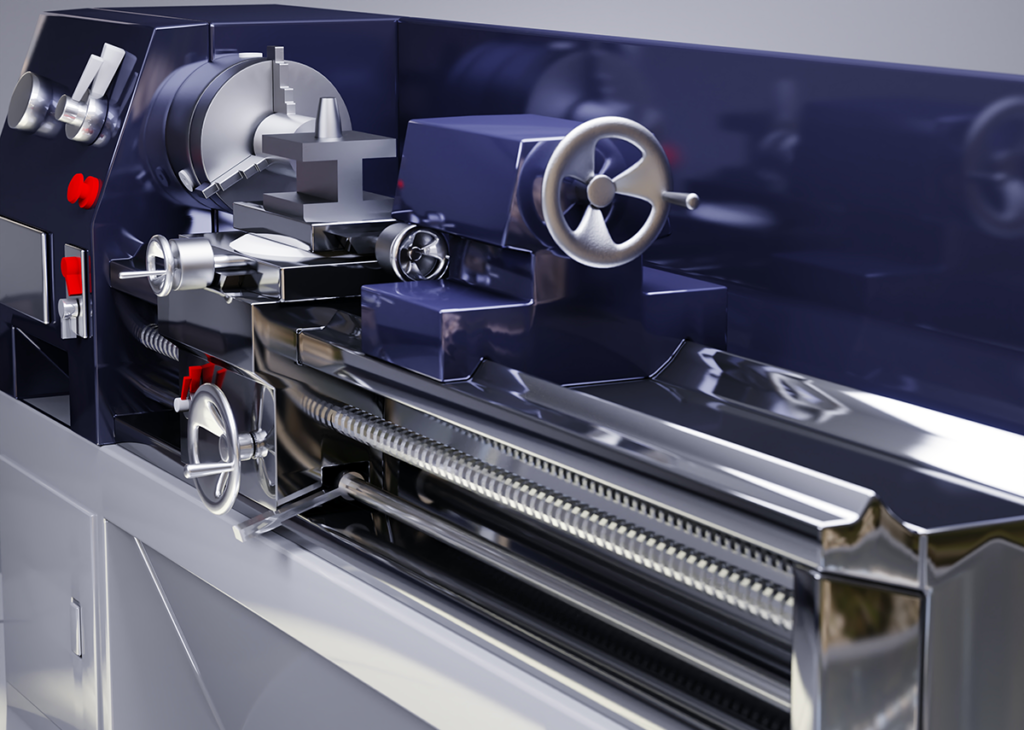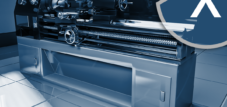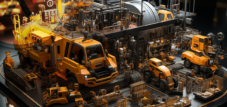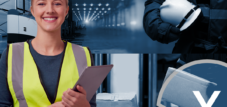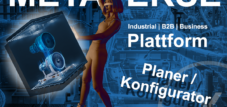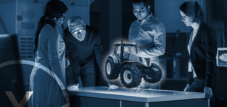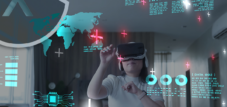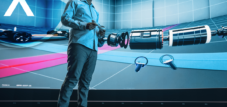Reduce costs: Professional and high-quality product images and product photos – external media services will no longer be necessary in the future!
Language selection 📢
Published on: June 23, 2023 / update from: June 23, 2023 - Author: Konrad Wolfenstein
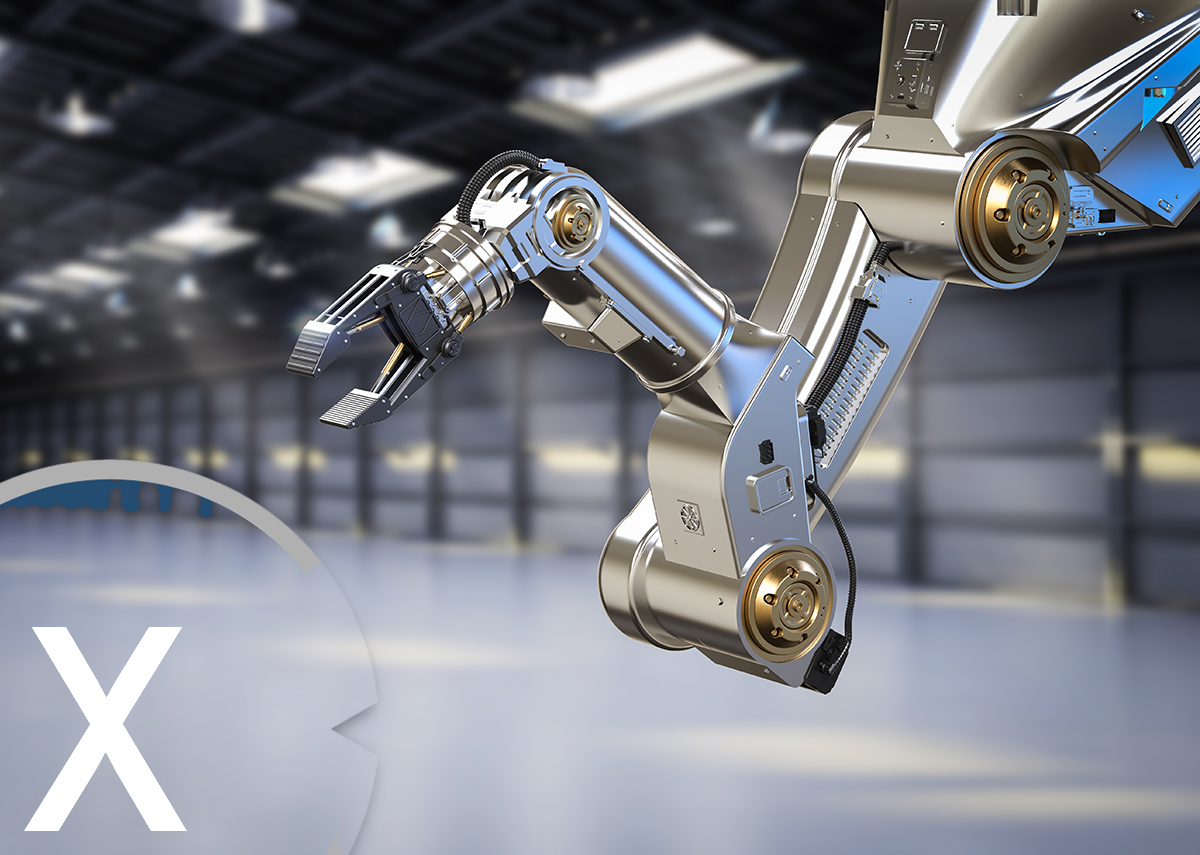
Professionally high-quality and high-resolution product images and product photos – Image: Xpert.Digital
Reduce costs while creating professional and high-quality product images and product photos
Reducing costs while creating professional, high-quality product images and product photos is a goal that companies often strive for. XR technology offers an innovative solution to overcome this challenge. XR (Extended Reality) can be used to create high-quality, high-resolution and professional images without relying on external media agencies.
Traditionally, companies have resorted to external service providers to create such images, which is associated with high costs. Media agencies often charge high fees due to the required expertise, specialized software and collaboration with various experts. This approach can be expensive in the long term and create a dependency on external resources.
The alternative is to use your own 'XR-3D rendering machine'. This 'machine' enables companies to generate high-resolution and professional images directly from their own 3D/CAD models. This investment creates greater independence, since companies can create an infinite number of images from different positions without relying on external service providers.
Another advantage of XR technology is that no prior knowledge is required on the part of the user. The 'machine' is easy to use and does not require any special knowledge of image processing. Companies can load their 3D/CAD models into the 'Maschine' and generate high-quality images that meet the requirements of professional product photos.
In addition, XR offers the opportunity to use an infinite number of other created images at no additional cost. Companies can use them for marketing purposes, online stores, catalogs and other media channels. This contributes to increasing efficiency and optimizing costs, as the investment in XR technology can be used in the long term.
- 3D Rendering Robotics – Image: Xpert.Digital
- 3D Rendering Robotics – Image: Xpert.Digital
➡️ In summary, XR technology enables companies to reduce costs by giving them the opportunity to create high -quality and professional product images and photos themselves. The investment in an 'XR-3D rendering machine' offers a long-term solution to be independent of external media agencies and at the same time generate high-quality images for various purposes. With the simple operation of the 'machine', no prior knowledge is required, which makes use accessible to companies of all kinds.
➡️ Are you interested in the 'XR-3D rendering machine' alternative that we favor and costly?
➡️ Advice and solutions can be found here 👈🏻
This 'machine' is of course a software. However, we deliberately selected this term because it could express more than the mere term 'software'. Because with this 'machine' you are actually only a small step away in front of your own industrial, e-commerce or business metaverse.
➡️ Here you get the first non-binding contact with a future-oriented technology in the interactive 3D world of immersive products and forms of presentation.
With this software, companies can bring their 3D models to life and test and gain experience internally in their own virtual environment. They can interact with their own products, view them from different angles and even carry out virtual test runs or simulations. This opens up completely new possibilities for product presentation and creates a captivating experience for you and possibly for your future potential customers?
Using this software does not require extensive technical knowledge. It offers intuitive tools and a user-friendly interface that allows companies to create, customize and manage their own virtual worlds and presentations.
- 3D product presentation in high-quality 2D design – Image: Xpert.Digital
- 3D product presentation in high-quality 2D design – Image: Xpert.Digital
- 3D product presentation in high-quality 2D design – Image: Xpert.Digital
By integrating this innovative software into their business processes, companies can revolutionize the way they present and sell their products. They open up the opportunity to engage customers on a new level that traditional 2D images or static websites cannot offer.
With this software, companies are on the path to their own industrial, e-commerce or business metaverse where immersive product presentations and interactive 3D experiences are the norm. It is a step into the future of virtual reality and offers companies the opportunity to stand out from the competition and offer their customers an unforgettable experience.
Only read if it can be more: XR technology to touch and try out

Metaverse platforms: For trade fairs, in-house exhibitions & events and showrooms – Image: Xpert.Digital
If you would like to learn more about XR technology with extended reality in the context of the industrial or business metaverse, there are several options available to you. A first step could be to try out our Industrial or Business Metaverse Configurator without obligation. This configurator allows you to learn about the different options and features of XR technology and explore its potential for your business.
As part of the configurator, you will first be presented with basic decisions. You can choose whether you want to use your own Metaverse developed specifically for your company or use the Metaverse of a third-party provider (Metaverse Provider). Both options offer their own advantages and disadvantages, so it's important to consider your company's unique needs and goals. This decision depends on various factors, such as the desired level of customization and control over the metaverse.
After selecting the Metaverse type, another important question follows: Would you like to implement the project in an in-house department and possibly bring in a consultant to support you with conception, design and planning? Or would you prefer to place responsibility in the hands of an external agency that has expertise in implementing XR projects? This decision depends on your resources, existing know-how and time constraints.
Next, you should determine the topic focus of your metaverse. Would you like to use it for 3D presentations at trade fairs, events, hybrid trade fairs or on-site customer visits? Here, XR technology offers the opportunity to present impressive virtual representations of your products and inspire potential customers. Or are you interested in virtual worlds such as showrooms, virtual trade fairs and similar? These virtual environments allow your customers to explore products interactively and enjoy an immersive experience. Alternatively, you can use the metaverse for training by creating immersive learning environments where employees can learn new skills and processes.
Finally, there is the possibility of striving for a comprehensive overall solution. This means that the metaverse combines different use cases and functions to holistically support your business. This could include, for example, integrating sales and marketing tools, interactive training modules and virtual conference rooms.
It is important to note that these possibilities represent only an excerpt from the diverse areas of application of XR technology with extended reality. Every company has specific needs and goals, so it is advisable to take a closer look at the options and potential of XR technology in order to develop the right strategy for your company.
By using the Industrial or Business Metaverse configurator, you get a first insight into the world of XR technology and can explore the various options. It offers you the opportunity to make the right decisions and create a sound basis for implementing this innovative technology in your company.
Further aspects for consideration
Our favorite Metaverse is fundamentally different from previous media and presentation concepts. It offers unique and fascinating opportunities characterized by immersive experiences and opportunities for interaction. Compared to traditional presentations, users are immersed in an augmented or virtual environment where they can actively act and interact with the content.
The key to this immersive experience lies in the use of technologies such as virtual reality (VR), augmented reality (AR) and mixed reality (MR). By wearing a VR headset or using AR/MR-enabled devices, users can immerse themselves in a virtual world and interact with three-dimensional objects and scenarios. These interactive elements open up completely new possibilities for presentation and information exchange.
Another key advantage of our metaverse is that the content is not limited to a specific medium. 3D product presentations and visualizations can be used on various electronic and digital media. Whether on a smartphone, PC or touch table, the interactive 3D product model can be displayed and experienced seamlessly.
This flexibility opens up a variety of opportunities for companies to present their products and services. For example, 3D product models can be shown on a large screen in a sales or marketing presentation to impress customers and give them a realistic idea of the product. At the same time, the same models can be presented on mobile devices to reach customers on the go and offer them an immersive experience.
In addition, our metaverse enables the integration of additional information and media content. For example, users can access detailed product information, play videos or use interactive instructions with simple touches or gestures. This creates a comprehensive and interactive presentation that gives customers a deeper understanding and engagement with the product.
Another advantage of the metaverse is that it provides a common platform where different actors can collaborate. For example, companies can bring in external partners, designers or consultants to work together on the design and development of their Metaverse presentations. This makes use of broader expertise and improves the quality of the presentations.
The Industrial or Business Metaverse are groundbreaking innovations in the media and presentation landscape. The combination of immersive experiences, interactive capabilities and flexibility to use across different media platforms makes it a powerful tool for businesses. It offers an innovative and impressive way to showcase products and services and delight customers in a whole new way.
The future is calling: Looking for answers for the future direction of strategies and concepts in two exciting scenarios!
The future already holds two exciting scenarios that urgently require answers for the future direction of strategies and concepts. One of these scenarios is the cross-border metaverse, which is considered one of the most compelling arguments for a metaverse. This metaverse is completely independent of time and spatial boundaries. It doesn't matter if someone is from China, Europe, or the US - they can access your metaverse at the same time, even if they are on different continents. This borderless connectivity opens up a wealth of opportunities for global interactions, collaboration and trade.
Another important aspect that will shape the future is the 2D matrix code. In 2027, this code will be used worldwide, primarily in logistics, and will replace the previous barcode. This move brings a revolutionary change in the market. The 2D matrix code not only enables more efficient recording and tracking of goods, but also opens up new application possibilities for end consumers. Particularly in connection with our own company Metaverse, exciting perspectives open up for 3D product presentation in shopping streets and shopping centers. The matrix code becomes a versatile tool for a wide variety of applications and areas of use.
By integrating the 2D matrix code into the company's metaverse, end users can experience interactive and immersive 3D presentations of products. Imagine you are strolling through a busy shopping street and discover a shop window with a QR code in the form of the matrix code. You scan the code with your smartphone and suddenly a virtual world opens in which you can view the products from different angles, explore details and even try them out virtually. This creates a unique shopping experience that blurs the boundaries between physical and digital space.
The use of 2D matrix code in the company metaverse opens up new opportunities for companies to present their products and interact with customers. It offers an innovative form of marketing and enables personalized and tailored shopping experiences. Customers can virtually test products, customize colors and options, and make instant purchasing decisions while in an immersive virtual environment.
The combination of the cross-border metaverse with the use of 2D matrix code in the corporate metaverse opens up fascinating perspectives for companies. You can reach global customers, regardless of their geographical location, and offer them personalized and interactive experiences. At the same time, the 2D matrix code enables seamless integration between physical and digital spaces by providing access to virtual product presentations in real environments.
Companies face exciting challenges and opportunities in relation to the cross-border metaverse and the use of 2D matrix code in the corporate metaverse. It requires a forward-looking strategy to fully exploit the potential of these technologies and develop innovative solutions. Companies that respond to these developments early and find creative applications can gain a competitive advantage and position themselves as pioneers in an increasingly networked and digitalized world.
Our Industrial Metaverse configurator
Just try out our universally applicable (B2B/Business/Industrial) Metaverse configurator for all CAD / 3D demo options:
Xpert (B2B/Business/Industrial) Metaverse configurator for all CAD / 3D data can be used on all devices, one platform!
Suitable for:
What is an immersive experience?
An immersive experience refers to an experience in which a person is completely immersed in a simulated environment and feels actively and realistically engaged within that environment. Unlike traditional experiences in which a person merely acts as an observer or spectator, an immersive experience allows for deep immersion and active interaction with the virtual environment.
Immersive experiences are enabled by various technologies such as virtual reality (VR), augmented reality (AR) and mixed reality (MR). These technologies create an artificial environment or augment the real environment with virtual elements to provide an immersive and immersive experience.
For example, in an immersive experience, a person can immerse themselves in a completely virtual environment by wearing a VR headset. The visual and auditory stimuli combined with haptic feedback create the impression that the person is physically in a different place. She can move freely, manipulate objects and interact with the virtual world.
Immersive experiences offer a variety of possible applications. They are used, for example, in the entertainment industry to create games, films or virtual simulations. In addition, they are used in areas such as education, training, architecture, medicine and tourism to enable realistic learning environments, simulations or virtual trips.
The appeal of immersive experiences is that they create an intense feeling of presence and engagement. By fully immersing themselves in the virtual world, people can build emotional connections, intensify learning processes and experience complex scenarios realistically.
Immersive experiences offer unique opportunities to push the boundaries of traditional experiences and transport people into fascinating and authentic virtual worlds. They open up new ways of interacting, learning and entertaining and have the potential to permanently change the way we interact with the digital world.
What is XR technology?
XR technology stands for Extended Reality and includes virtual reality (VR - Virtual Reality), augmented reality (AR - Augmented Reality) and mixed reality (MR - Mixed Reality). It augments physical reality with computer-generated content and allows users to immerse themselves in immersive and interactive virtual environments.
Virtual Reality (VR – Virtual Reality)
VR creates a fully computer-generated environment that allows users to immerse themselves in a simulated world. Using VR headsets and controllers, users can interact and move around this virtual environment as if they were physically there.
Augmented Reality (AR – Augmented Reality)
AR inserts computer-generated content into the real environment. Using AR glasses, smartphones or tablets, users can see virtual objects or information superimposed on the real world. AR enables expanded perception and interaction with the environment.
Mixed Reality (MR – Mixed Reality)
MR combines elements of VR and AR to achieve a seamless integration of virtual content into the real environment. MR allows users to place and interact with virtual objects in the real world, creating a realistic and immersive experience.
➡️ XR technology has a wide range of applications in various areas such as gaming, entertainment, education, medicine, architecture, industry and more. It allows users to immerse themselves in virtual worlds, visualize 3D models, conduct immersive training, present product designs and create interactive experiences.
➡️ The continued development of XR technology unlocks new features and possibilities to create more realistic and immersive experiences. This includes advanced tracking and gesture recognition technologies, realistic graphics, haptic feedback and improved interaction with the virtual environment.
Special form: The virtual showroom (Virtual Showroom)
The Virtual Showroom is a special form of XR technology.
In the Virtual Showroom, customers can virtually navigate through products, view them from different angles, zoom in on details and, in many cases, even interact with them. This enables a realistic and immersive experience that allows customers to develop a better understanding of the products before making a purchase decision.
The Virtual Showroom offers companies a variety of advantages. On the one hand, they can present their products or services in an innovative and impressive way, which leads to an improved customer experience and higher customer loyalty. Additionally, companies can virtually customize and personalize their products to meet individual customer needs and preferences.
Another advantage of the Virtual Showroom is that it gives companies the opportunity to expand their presence across geographical boundaries. Customers from different parts of the world can visit the Virtual Showroom and explore the products or services without being physically present. This enables global reach and opens up new sales markets.
In addition, companies can use the Virtual Showroom to hold training courses, training environments or virtual trade fairs and events. This saves on travel and booth rental costs while providing an interactive and immersive experience for attendees.
➡️ The Virtual Showroom, with its XR technology, offers an innovative and effective way to showcase products and services, improve customer experience and expand business opportunities. It's a powerful tool to stand out from the competition and delight customers in a new way.
The B2B Business Metaverse vs. Catalogs, Brochures and Brochures - A Superior Product Presentation with 3D
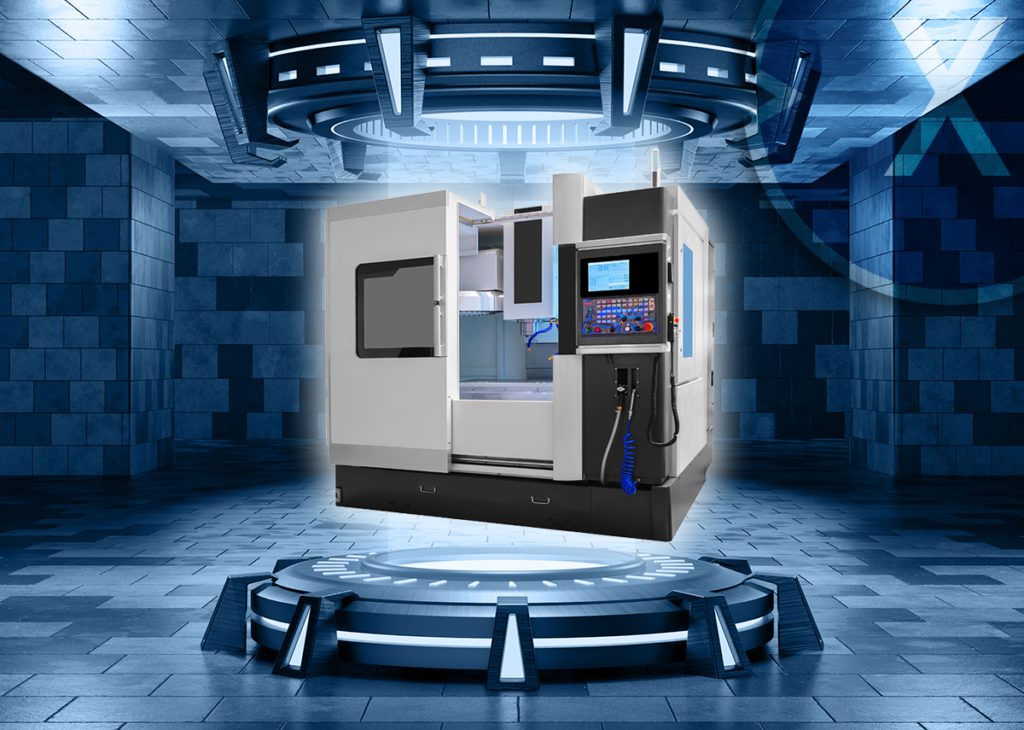
Comparison: The B2B Business Metaverse vs. Catalogs, Brochures and Brochures – A Superior Product Presentation – Image: Xpert.Digital
The B2B Business Metaverse offers superior product presentation compared to traditional catalogs, brochures and leaflets. By using innovative XR technologies, the Metaverse opens up completely new possibilities for visualizing products and presenting information.
Unlike static print media, the Metaverse enables an interactive and immersive experience. Products can be visualized in 3D, giving potential customers a realistic impression of size, shape and functionality. You can view the products from different angles, zoom in on details, and even perform virtual test runs. This immersive presentation creates a deeper understanding and a stronger connection to the products.
More about it here:
What options are there to convince colleagues and superiors within the company of the fascinating possibilities with a B2B metaverse?
To convince your colleagues and superiors of the fascinating possibilities of a B2B metaverse, you can use the following approaches:
Familiarize yourself with the benefits
Learn more about the benefits of a B2B metaverse and how it can increase efficiency, improve product presentation, and open up new business opportunities. Prepare a list of key benefits you can use during presentations or discussions.
Demonstration of use cases
Collect examples and case studies that show how companies are already successfully using a B2B metaverse. Present these examples to illustrate the practical applications and potential positive impact on business operations.
Present concrete data and statistics
Collect data and statistics that demonstrate how using a B2B metaverse can positively impact business performance. This could, for example, be information about increased sales figures, improved customer satisfaction or increased efficiency.
Organize internal presentations or workshops
Plan presentations or workshops to demonstrate the functionality and possibilities of a B2B metaverse to your colleagues and superiors. Show them live what a product presentation or interactive training can look like in a virtual environment.
Create an immersive experience
Use technology to provide an immersive experience for your colleagues and managers. For example, invite them to a virtual showroom tour or a virtual product presentation. This allows them to experience the potential and fascinating possibilities of a B2B metaverse first hand.
Emphasize competitiveness
Make it clear that using a B2B metaverse can give your company a competitive advantage. Show how other companies in your industry are already successfully using this technology and how your company could benefit from not falling behind the competition.
Offer training and support
Make sure your colleagues and managers receive the necessary training and support to understand and use the technology. For example, offer training or materials that make it easier for you to get started.
Present cost-benefit analyses
Conduct cost-benefit analyzes to show that using a B2B Metaverse makes long-term economic sense. Emphasize how the investment in technology can pay off in improved efficiency, increased productivity, or increased sales.
➡️ Through a convincing presentation, showing concrete benefits and use cases, and providing training.
➡️ If you need support here, please contact us. We are happy to help. One of the strengths of Xpert.Digital is its pioneering business development.
Another solution would be the following intermediate step
Instead of having high-quality pictures for your products in catalogs, brochures and brochures by external media service providers at a high price, you can implement this with an 'XR-3D rendering machine'. By implementing such a technology, you get very close to the implementation of your own industry & business meta -verse solution.
- Lathe in photorealistic representation (3D product presentation)
- Lathe in photorealistic representation (3D product presentation)
More about it here:
By investing in an 'XR-3D rendering machine', you enable yourself to create high-quality images of your products in an efficient and inexpensive process. This machine uses the power of the 3D rendering to generate photo-realistic representations of your products. You can create different views and perspectives and even integrate interactive elements to offer an immersive experience.
By using an 'XR-3D rendering machine', reduce your dependence on external media service providers and at the same time reduce your costs. You have control over the entire process and can react quickly to changes and adjustments. They are also able to generate a large number of product images without causing additional costs.
This intermediate step brings you closer to your own Industry & Business Metaverse solution. With XR technology you can break the boundaries of traditional media and offer your customers an innovative and interactive experience. You can present your products in virtual environments, enable individual configurations and give customers unique insights into your products and services.
By making the move to an XR 3D rendering machine, you are laying the foundation for future developments towards your own Industry & Business Metaverse solution. You will be able to optimize your business processes, strengthen your customer loyalty and stand out from your competitors. It is a step towards innovation and competitiveness in the digital world.
What is Pioneer Business Development?
The concept of the “Pioneer Business Development” refers to the approach of recognizing, developing and introducing innovative business models and technologies at an early stage. It is about taking new ways as a pioneer and securing a competitive advantage by taking the first position in an emerging market or a new industry.
As part of Pioneer Business Development, companies identify trends, technologies or market needs that could play an important role in the future. They rely on their innovative strength, their technical know-how and their entrepreneurial vision to develop innovative solutions that meet the needs of the market.
Pioneer business development often involves an agile and iterative approach in which prototypes, testing phases and continuous feedback play a central role. Companies work closely with customers, partners and other stakeholders to validate and further develop their innovations.
The advantages of Pioneer Business Development lie in the ability to identify and exploit market opportunities at an early stage. By entering the market early, companies can achieve a leading position, better meet customer needs and achieve long-term competitive advantages.
It is important to note that pioneer business development can also involve risks. Early market stages can be uncertain and not all innovations or business models will be successful. Nevertheless, the pursuit of pioneering work enables companies to actively shape the future and position themselves at the top of the competition.
What is the difference between the e-commerce, the industrial, the B2B or business metaverse and, above all, the corporate metaverse?
The metaverse has become increasingly important in recent years and has developed various application areas, including e-commerce, industrial metaverse, B2B or business metaverse and the corporate metaverse. Each of these concepts has its own peculiarities and differences that need to be understood. Therefore, let's take a closer look at each concept and shed light on the interesting details.
E-commerce in the metaverse
E-commerce in the metaverse involves trading goods and services in a virtual environment. Compared to traditional e-commerce that takes place in two-dimensional online stores, the Metaverse offers a more immersive and interactive shopping experience. Users can visit virtual stores, select and purchase products and interact with other users. In addition, the Metaverse enables participation in virtual events, auctions and other experiences that enrich the shopping experience.
A fascinating development in the e-commerce metaverse is Non-Fungible Tokens (NFTs). NFTs are unique digital assets based on blockchain technology. Companies can use NFTs to offer exclusive virtual products or collectibles that have high value and demand. These digital assets can serve as status symbols and give users a feeling of exclusivity. Additionally, they can have an impact in the physical world by providing access to exclusive events or discounts.
Industrial Metaverse
The Industrial Metaverse focuses on the application of virtual technologies and the Internet of Things (IoT) in industrial production and business operations. It enables companies to optimize their business processes, increase productivity and develop innovative solutions. In the Industrial Metaverse, virtual factories and production facilities can be created where companies can test, simulate and improve their processes before making physical changes.
An important component of the Industrial Metaverse is the integration of Augmented Reality (AR) and Virtual Reality (VR) into industrial work environments. By using AR/VR glasses, employees can receive real-time instructions and information, increase their work efficiency and conduct training in virtual environments. These technologies enable improved work quality, reduce errors and promote more effective collaboration between teams.
B2B or Business Metaverse
The B2B or Business Metaverse refers to proprietary solutions where companies create and manage their own Metaverse ecosystem. Unlike external providers, in this case they are their own Metaverse host and provider. The B2B metaverse enables companies to optimize internal processes, improve communication and collaboration between employees, and offer unique services to their customers.
A significant feature of the B2B metaverse is the creation of a virtual work environment where employees can collaborate remotely. By integrating chat features, virtual meeting rooms, and collaborative tools, teams can seamlessly communicate and work together on projects, regardless of their geographic location. This enables global collaboration and opens up the opportunity for companies to benefit from more flexible working models.
Companies Metaverse
The company Metaverse refers to a proprietary solution in which the company creates and manages its own Metaverse ecosystem. In contrast to the B2B metaverse, where the company may have to rely on an external provider, in the corporate metaverse it is the host and provider itself. This solution allows companies to tailor their Metaverse platform to their specific needs and have full control over the technology and content.
The Corporate Metaverse offers companies the opportunity to create a virtual world specifically tailored to their internal and external needs. You can create your own virtual environment where employees can interact with each other, manage projects and share information. At the same time, they can offer their customers unique and personalized experiences by welcoming them to virtual showrooms, conferences or product presentations.
A key advantage of Metaverse is the security and privacy controls it offers. By managing their own Metaverse infrastructure, companies have the opportunity to protect their data and design their security policies accordingly. This is particularly important in areas such as protecting trade secrets or ensuring the privacy of their customers.
➡️ The difference between e-commerce, industrial metaverse, B2B or business metaverse and the corporate metaverse lies in the respective applications, focuses and control over the metaverse platform. While e-commerce in the Metaverse enables virtual trading, the Industrial Metaverse focuses on the application of virtual technologies in industry. The B2B or Business Metaverse refers to company-specific solutions for optimizing processes and collaboration, while the Corporate Metaverse represents an individual, company-specific Metaverse solution.
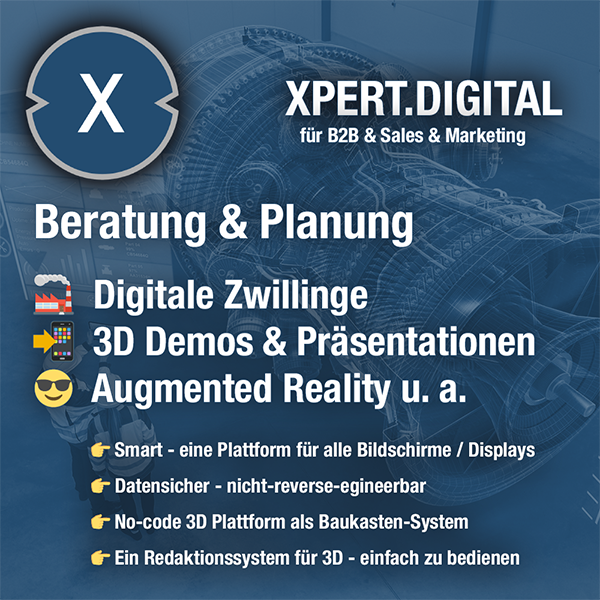
Xpert.Digital – Industry expert in the field of mechanical engineering and digitalization with (Industrial/ E-Commerce/ B2B/ Business) Metaverse
I would be happy to serve as your personal advisor.
You can contact me by filling out the contact form below or simply call me on +49 89 89 674 804 (Munich) .
I'm looking forward to our joint project.
Xpert.Digital – Konrad Wolfenstein
Xpert.Digital is a hub for industry with a focus on digitalization, mechanical engineering, logistics/intralogistics and photovoltaics.
With our 360° business development solution, we support well-known companies from new business to after sales.
Market intelligence, smarketing, marketing automation, content development, PR, mail campaigns, personalized social media and lead nurturing are part of our digital tools.
You can find out more at: www.xpert.digital – www.xpert.solar – www.xpert.plus



